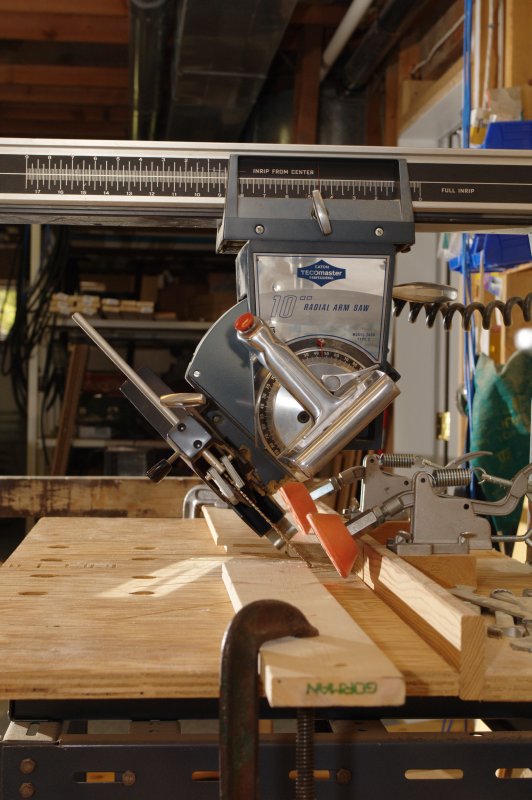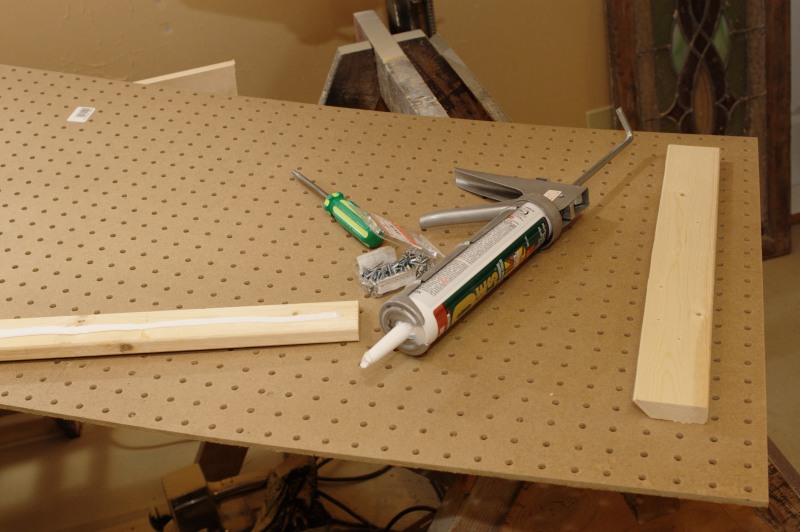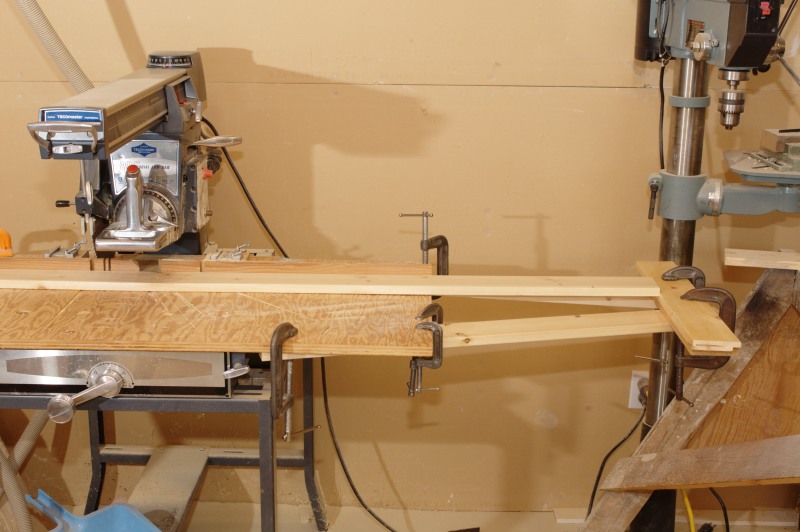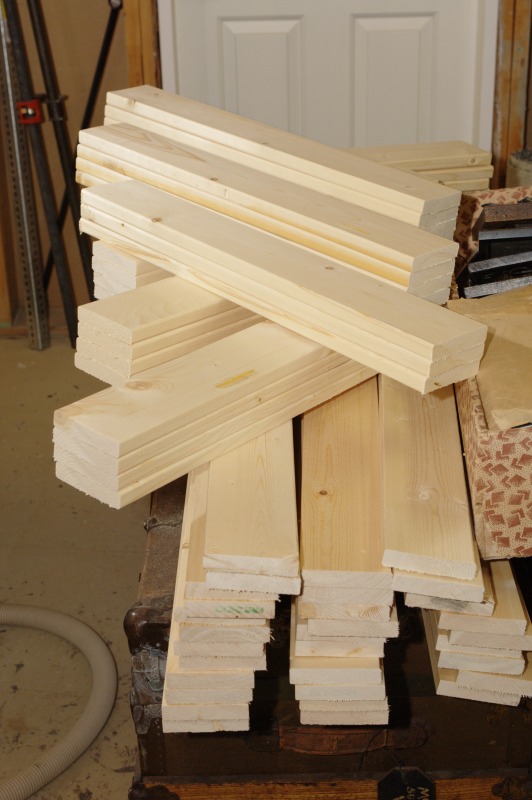Acoustic Panels - DIY
Background
The idea here is to construct 2'x4' panels, which reduce sound reflections. Whether in a classroom, your home-theater, or an office environment, these can improve intelligibility and imaging of the sound-source(s). These panels are designed to be hung on a wall, verticall or horizontally.
Do you need these panels? Perform a simple clap-test: stand in your room, and clap your hands... if it sounds like you're in a tiled bathroom, then you need these panels ;-)
These panels cost ~$100 (Canadian) to construct, with Most materials coming from Home Depot (the polyester batting and burlap final wrap came from a fabric store).
Benefits
- Drastically lowers the ambient room noise
- Reduce reflections to improve soundstage and stereo imaging
- Reduce slap echoes
Construction Overview
We're going to build a box, 3.5" deep, with pegboard backing. We'll put fiberglass insulation into this box, then cover that with polyester batting (to keep the itchy glass fibers from escaping), and finally wrap it all with dyed burlap (to suit your decor).
Although I built 16 of these, I would suggest that 4 is a minimum to consider, for a 10'x10' room.
The 2'x4' pegboard was purchased pre-cut, but the remainder of the wood was processed in my basement workshop - when you plan your wood-handling, remember that you'll require 8' of in-feed clearance, and another 8' of outfeed-clearance.
Construction
Hangers
These are simple lengths of wood, with a 45-degree bevelled cut on one side. The plan is to attach a similar piece of wood to your wall, and hang the panels with no fuss.
Cut the hangers:

Attach the hangers by applying glue, and screwing from what will be the inside of the pegboard. Use a jig or gauge (another board, maybe?), or measure carefully, to ensure the hangers are parallel to the edge of the pegboard. My pegboard had a smooth face (faced outward, where the hangers are attached), and a furry-face (inside, where the fiberglass goes):

Box
These are the basic steps to making the box:
- cut the 1x4 wood to-length
- join the 1x4 lengths to make a box
- attach the pegboard back
Cut Wood
Because I am cheap :-) cutting the wood took a moment of thought: how to make a box that fits onto the pre-cut 2' x 4' pegboard, from 8' lengths of 1x4? These cuts work, if we assemble the wood so that one face overlaps one end, all the way around (sort of like a dog chasing it's tail):
Cut end-board to 23-3/4" long (2 per sound-panel)
Cut side-boards to 47-3/4" long (again, 2 per sound-panel)

